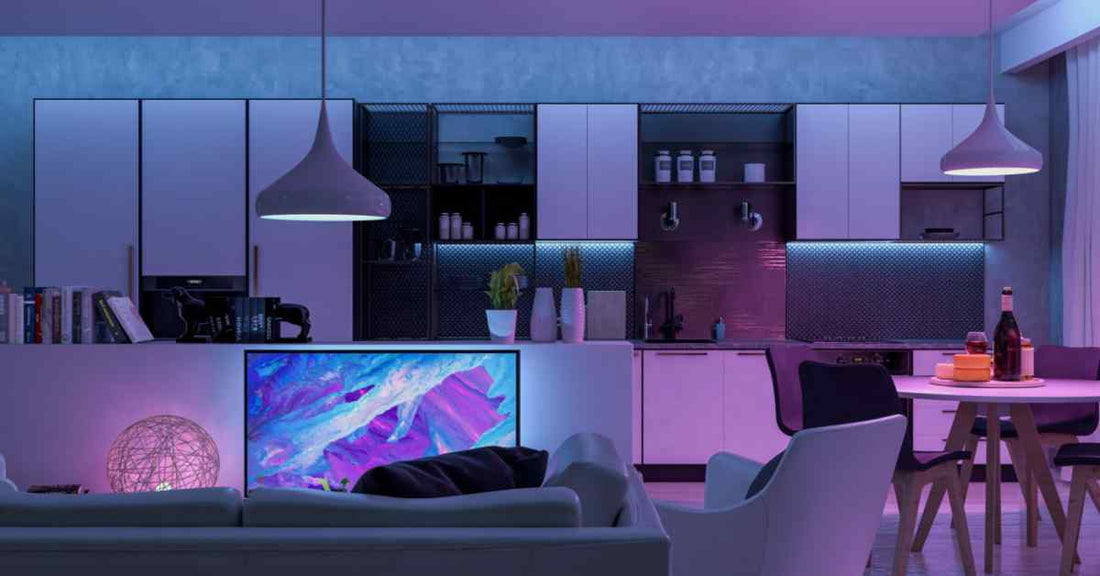
Finland Smart Furniture Market is expected to reach USD 37 million by 2030
Share

The Finland Smart Furniture Market, is poised for significant growth, reaching an estimated USD 37 million at a Compound Annual Growth Rate CAGR of 13% by 2030. This growth is primarily driven by the increasing demand for space-saving, multifunctional furniture, as well as a rising awareness of energy efficiency and sustainability.
Download Your Free Sample Today!
According to a new research report by Next Move Strategy Consulting, one of the primary factors contributing to the growth of the smart furniture market in Finland is the need for furniture that maximizes space and serves multiple functions. With urban areas becoming more densely populated and living spaces shrinking, Finnish consumers are seeking smart furniture solutions that can adapt to limited space. Smart furniture with features such as hidden storage, foldable designs, and the ability to cater to different uses has become essential for making the most of small living areas.
Additionally, there is a growing focus on sustainability and energy efficiency in the Finland Smart Furniture Market. Manufacturers are increasingly incorporating energy-efficient features such as LED lighting systems and smart sensors that optimize power consumption based on occupancy. This aligns with the global trend toward reduced energy use and eco-conscious living. Furthermore, there is an increasing preference for sustainable materials, including recycled and responsibly sourced options, in the production of smart furniture, which appeals to Finland’s environmentally aware population.
Another driving force behind the market’s growth is the increasing penetration of Internet of Things (IoT) devices in residential spaces. In Finland, where connectivity and convenience are valued, consumers are embracing IoT technology to enhance their daily lives. Smart furniture equipped with sensors and connectivity features integrates seamlessly with IoT devices, providing a more personalized and efficient living experience. As more consumers recognize the benefits of this fusion of technology and design, the smart furniture market continues to expand, ushering in a new era of intelligent and responsive living spaces.
Despite these positive trends, the integration of advanced technology and smart features into furniture remains costly. For many consumers, especially those on a tight budget, this can act as a barrier to entry, limiting the potential for wider adoption of smart furniture.
On the positive side, the rapid advancements in home automation technology are expected to create abundant opportunities for the smart furniture industry in Finland. These technological developments facilitate the seamless integration of smart furniture with broader home automation ecosystems, making the user experience more versatile and user-friendly for consumers with varying levels of technical expertise. The incorporation of smart furniture into systems such as voice assistants and smart thermostats contributes to the overall appeal of smart homes while enhancing energy efficiency.
Conclusion:
The Finland Smart Furniture Market is set for robust growth, driven by the increasing need for space-saving, multifunctional furniture and the growing trend toward sustainability. While the cost of integrating advanced smart technologies may slow the adoption rate among some price-sensitive segments, the rapid evolution of home automation technology presents significant opportunities for the market to expand further. As consumer demand for energy-efficient, stylish, and eco-friendly options continues to rise, the smart furniture industry in Finland is well-positioned to meet the evolving needs of homeowners and thrive in the coming years.